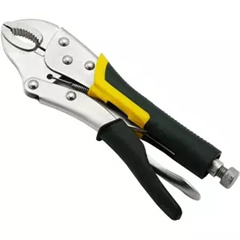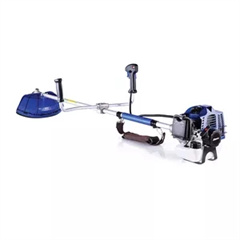Efficient shoveling involves a combination of proper technique, body mechanics, and understanding the physics of moving materials. Whether you’re shoveling snow, soil, or other materials, here’s the science behind efficient shoveling:
1. Leverage and Mechanics:
- Leverage Principle: Leverage is key to efficient shoveling. Using the principles of a lever, the longer the handle of the shovel, the more mechanical advantage you have. This allows you to move larger loads with less force.
- Angle of Attack: When inserting the shovel into the material, like soil or snow, the angle of attack matters. A slightly tilted blade allows for better penetration, reducing the effort required.
2. Friction and Resistance:
- Reducing Friction: Friction between the shovel blade and the material can make shoveling more difficult. Lubricating the blade slightly (with water for soil or snow) can help reduce friction and make scooping easier.
- Proper Blade Design: Shovel blades are designed with specific shapes to minimize resistance. Curved edges on snow shovels help lift snow more effectively, while flat edges on gardening shovels are designed for cutting through soil.
3. Body Mechanics:
- Leg Power: Efficient shoveling involves engaging your leg muscles, particularly the quadriceps, glutes, and hamstrings. Pushing with your legs rather than relying solely on your back and arms reduces strain.
- Bending Knees: Keep your knees slightly bent when lifting loads. This position allows you to use your leg muscles more effectively and provides better balance.
- Straight Back: Maintain a straight back while shoveling to prevent lower back strain. Bending at the hips rather than the waist reduces pressure on your spine.
4. Energy Conservation:
- Efficient Motion: Minimize unnecessary movements. Shovel in a fluid motion, using the natural rhythm of your body. Wasting energy on excessive or awkward motions can lead to fatigue.
- Pace Yourself: Shoveling can be physically demanding. Pace yourself to prevent exhaustion and maintain a consistent level of effort throughout the task.
5. Weight Distribution:
- Even Load Distribution: Distribute the weight of the load evenly over the blade of the shovel. This prevents excess strain on one side of your body.
6. Preventive Measures:
- Warm-Up: Before shoveling, engage in light stretching and warm-up exercises to prepare your muscles for the physical activity.
- Proper Clothing: Dress in layers to stay warm but not overheated. Overexertion in cold weather can lead to sweating and then rapid cooling, increasing the risk of hypothermia.
7. Using Mechanical Aids:
- Wheelbarrows and Carts: For larger loads, use wheelbarrows, carts, or sleds to help distribute the weight more evenly and reduce strain on your body.
8. Hydration and Rest:
- Stay Hydrated: Even in cold weather, staying hydrated is essential to maintain your energy levels and prevent fatigue.
- Take Breaks: Shoveling is physically demanding. Take short breaks to rest and catch your breath, especially during longer tasks.
Efficient shoveling is a combination of biomechanics, understanding leverage, and applying appropriate techniques. By optimizing your movements and using the principles of physics to your advantage, you can reduce strain, save energy, and complete your shoveling tasks more effectively.
























